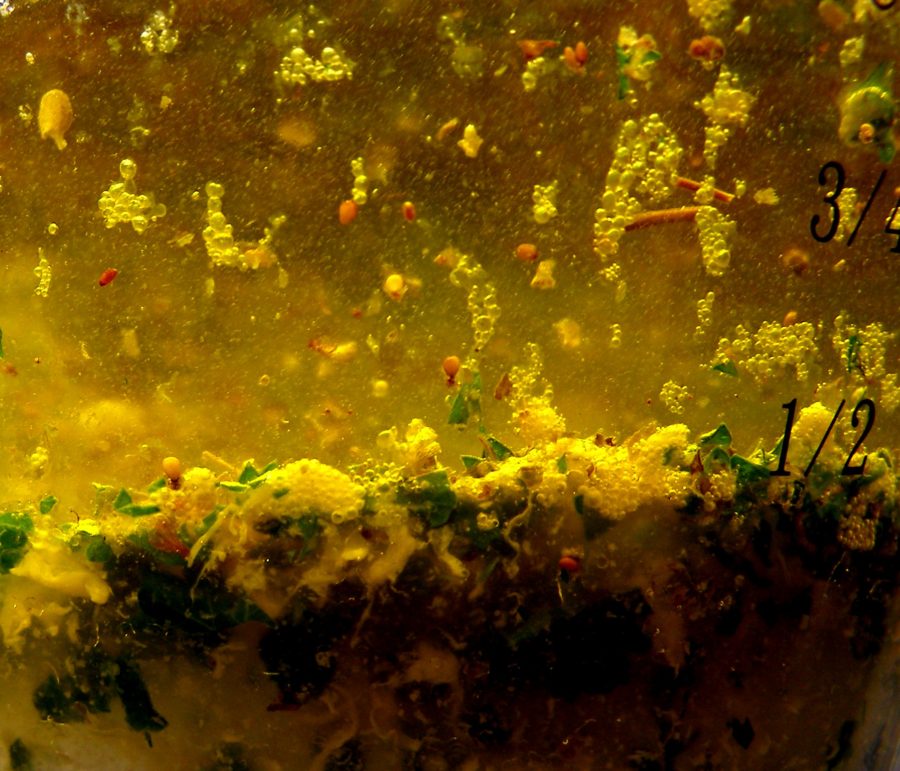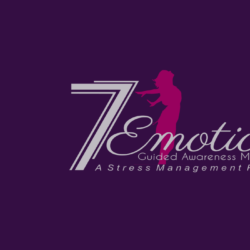Yes, that’s right! The FDA bans trans fats.
- Trans fat intake has been linked to an increased risk of coronary heart disease by contributing to the buildup of plaque inside the arteries that may cause a heart attack.
- On June 16, 2015, the FDA announced partially hydrogenated oils (a primary source of trans fat) will no longer be allowed in food unless authorized by the agency, due to their health risks
- The new regulation will take effect in 2018.
Are you going to wait until 2018?
The Big Point to Take Away…
Eating right requires educating yourself and not relying on the FDA or some other bureaucratic dinosaur to look out for your health!
For decades there’s been a lot of talk about fat being unhealthy in the diet, hence the low fat diet madness. The truth has always been that fats are needed and are healthy. Artificial fats or trans fats are the problem. Making health whole food choices means eating real and fresh foods, whole foods, natural foods – these are the terms to know. The trouble with fats is in the quality of the fat. If olive oil is processed properly, i.e. cold press to prevent overheating and destroying nutrients, it’ll be of better quality. Real foods can rot and go rancid including oils and fats. So oils and fats are best when fresh. Hydrogenated oil and trans fats are not real foods and the FDA is finally coming around to recognizing this.
Historical Points:
- In 1961, the American Heart Association (AHA) urged Americans to limit dietary fat, particularly animal fats, to reduce their risk of heart disease. Despite low-fat diets becoming the acceptable norm, heart disease rates soared.
- In 1911, going back 100 years, trans fats got their start with Procter & Gamble’s creation of Crisco
- In 2013, Dr. Fred Kummerow (a pioneer in the study of heart disease and trans-fats) sued the US Food and Drug Administration (FDA) for failing to take action on trans fats in face of the overwhelming scientific evidence against it.
- In 2002, the Institute of Medicine (IOM) stated that there was “no safe level of trans fatty acids and people should eat as little of them as possible.”
- In the 1950’s, Trans fat, found in margarine, vegetable shortening, and partially hydrogenated vegetable oils became widely popularized as a “healthier alternative” to saturated animal fats like butter and lard.
Even if claims on packaging states “0 grams trans fat,” it’s better to check out the ingredients list on the label. Under current regulations, companies can make this claim if the food contains less than 0.5 grams of trans fat per serving. The product will contain a small amount of trans fat if there is partially hydrogenated oil listed in the ingredients. Selecting foods with even small amounts of trans fat can add up to a significant intake.
Stay Healthy! Stay informed!
Sources:
Photo: “Chicken fat” by Erich Ferdinand – originally posted to Flickr as Chicken Fat. Licensed under CC BY 2.0 via Wikimedia Commons.






